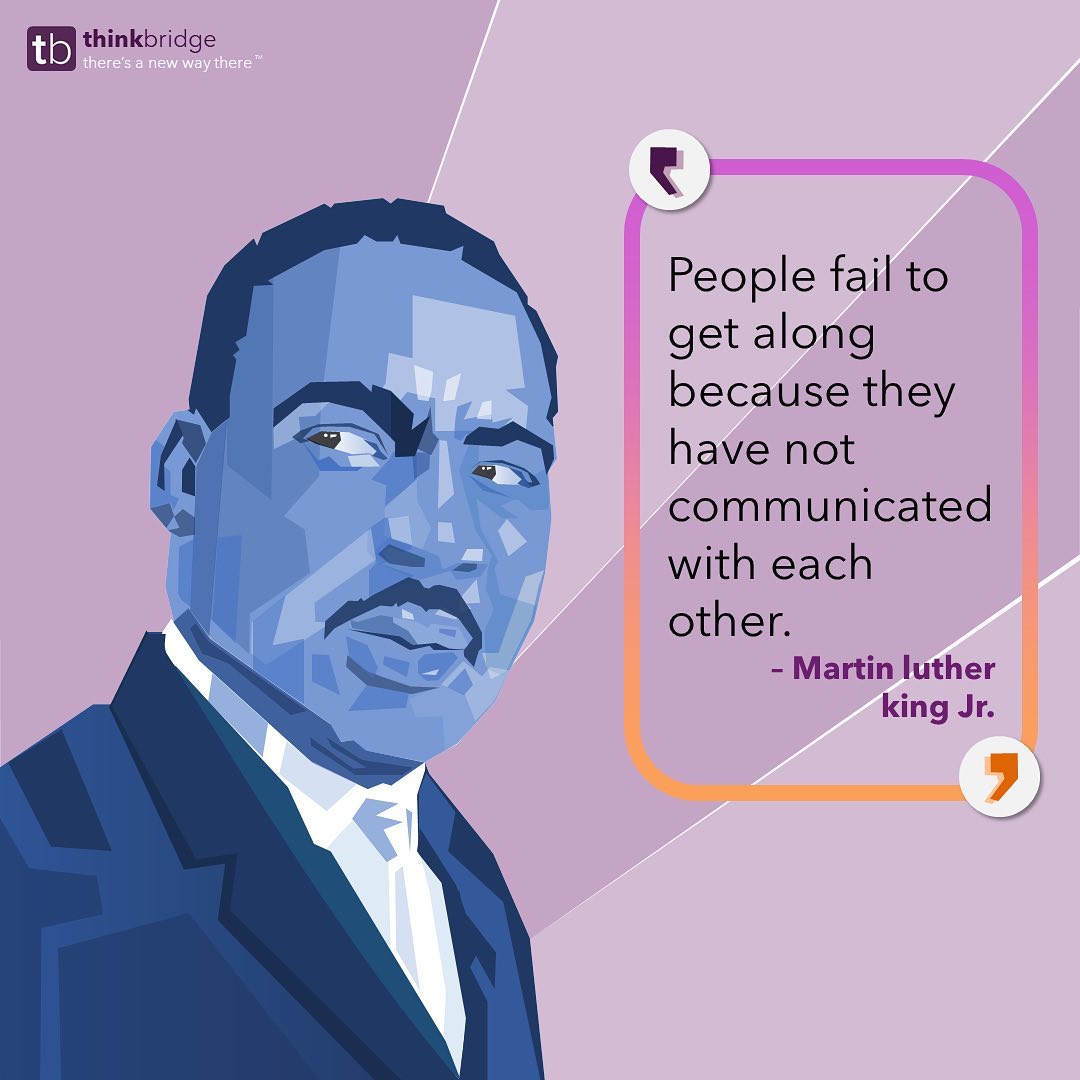Challenge
Consero Global partnered with thinkbridge to create an elegant tech offering for their Finance as a Service solution, built around what their clients actually need from their finance function.
There is no shortage of software and systems that promise to crunch numbers faster and more accurately than Excel, with sales pitches that tout all the buzziest of buzz words like “machine learning,” “AI,” and “automation.” While there’s little doubt that they are as powerful and sophisticated as they promise, how does all that power and sophistication help the customer do what they bought the system to do?
It’s a question that Bill Klein, the Co-Founder and President of Consero Global, put at the center of his initiative to continually improve the technology used in the company’s “Finance as a Service” (FaaS) model of delivering an outsourced and fully managed finance function. Early on, Consero had the vision of being a solution that could allow customers to leverage best practices and efficiency and have a scalable, efficient finance and accounting platform.
The power of standardizing the FaaS software stack
“In the beginning, we would often plug into systems that a customer already had in place, and try to make the most of those,” says Klein. “And I think what we quickly learned along the way was we were never going to be great at what we do if we had to leverage all those different applications, essentially starting from scratch every time we onboarded a new client.”
Consero might solve a problem for client A, but that’s irrelevant to client B, who has a completely different stack of applications. “We knew if we wanted to be the best, we had to have a standardized stack of applications to develop real, battle-tested best practices,” says Klein. “Now our standardized stack is ingrained with our processing so that when we onboard a new client, we’re using a stack that’s proven its ease and functionality, and importantly, every time we implement that stack, we’re able to refine it a little more.”
However, it still required that customers use a variety of applications. If they had to approve a vendor bill, approve an expense report, or see their cash position, they had to log into three different systems. “So, we asked, 'How do we have a front end that would effectively be a unification engagement layer would allow the customer to interact with a single interface?'” says Klein. “And that’s when we decided to partner with thinkbridge.”
Consero follows its own advice
Thinkbridge is a tech services firm dedicated to boosting the enterprise value of growth-stage companies through strategy, custom software, and data science. Consero appreciated that thinkbridge deviated from many Fintech providers by not trying to simply sell the technology in hand. Instead, they would design it around what Consero’s clients needed. “With their help, we didn’t just get a solution, we got a process for continual upgrades, from ideation to alpha, beta, and the eventual rollout.”
With their new partner, Consero began vetting their ideas for tech upgrades according to a few basic questions, such as “What problem are we trying to solve? If we solve it, what would be the impact for the customer?” This enriched the debate around what upgrade was truly worth the effort. Consero would also solicit customer feedback at various points in the process.
“Sometimes it would be very early, where we’d float a one-pager to a customer, and in other cases, we’d present an MVP [minimally viable product] for them to review,” says Klein. “And this dialogue is vital to making sure we’re investing in the right kind of improvements.”
Active and thorough dialogue with the customer
One of the issues Consero wrestled with is when to make a step in a process manual, say keeping it Excel, and when to build that step into the software. “It seems counterintuitive, as you’d want to give a customer flexibility to do something as they please, but then it leads to different behavior in different accounts, and that inconsistency can be a problem,” says Klein. “But when we build that step into the software, so there’s a uniform way of doing that, it becomes more efficient and standardized, which is part of the value we bring.”
Rather than try and build a full in-house tech team devoted to this, Consero followed its own advice by tapping an outside resource in thinkbridge to help, so they could be freed up to do what they do best. And the collaboration between the two has resulted in far greater clarity around priorities.
In one example, Consero learned a customer wanted a particular export function, but one of thinkbridge’s product team members asked why they wanted to export the data at that point. It turned out, the customer wanted to do a particular piece of analysis, and so the product team was able to build a solution that did that analysis for them. “We wouldn’t get there without an active and rigorous dialogue among Consero, thinkbridge, and our customers,” says Klein.
Key results and benefits
- 80% reduction in executives time spent in the finance function
- 20-40% reduction in the cost of the finance function
- Efficiently closing the books within 7-10 days
So streamlined, so SIMPL
And Consero achieved its goal of a unified interface platform, with SIMPL, a single dashboard that works closer to a consumer app like MINT, with all the rigor, flexibility, and sophistication of its best-of-breed application stack. “This new interface serves two of our key priorities, which is one, making the front-end as transparent and user-friendly as possible, and on the back-end, automating everything we can, and that’s exactly what SIMPL does.”
Klein understands that nowadays, no company has the luxury of denying the role technology plays in their performance, and knows the best technology adapts to client needs, not the other way around. “We are the company we are today because we know that we are only as successful as our clients, and everything we can do to materially improve their experience and their operations, through technology, processes. Old-fashioned customer service today, will be the best way to beat the competition tomorrow.”










